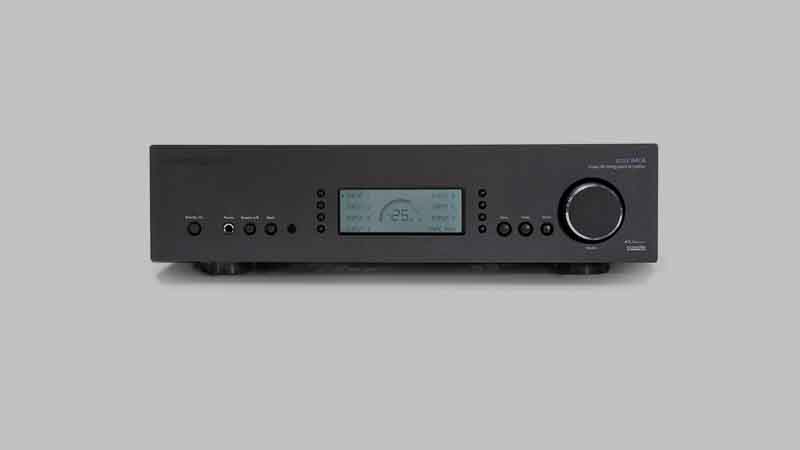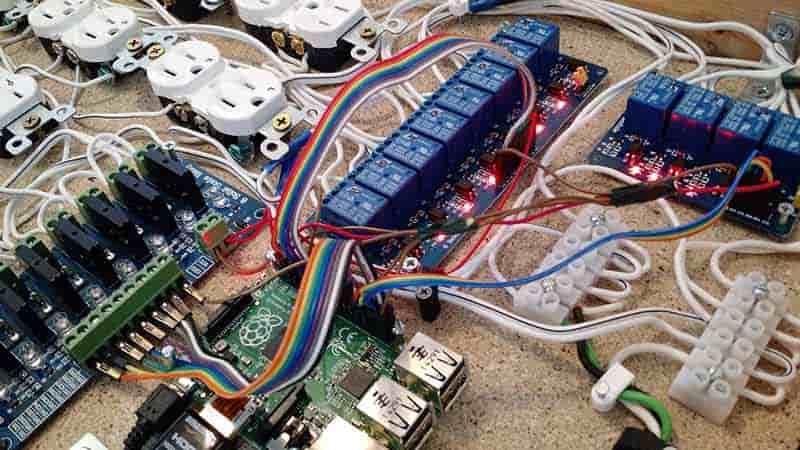Semiconductor materials can be either N-type or P-type. The letters mean negative and positive, respectively. When an electronics component is manufactured with both N-type and P-type materials, it is called a diode. The cathode is the negative side of the diode, which is the N-type semiconductor. The anode is the positive side, which is the P-type semiconductor.
The combination of P-type and N-type semiconductor materials is referred to as a P-N junction. It means that each end has a lead attached, which makes it easier for the diode to exist within your electronic circuits. When a source of voltage is attached to a diode by having the negative side linked to the cathode and the positive side linked to the anode, the diode sustains the flow of the electric current by serving as a conductor. As voltage flows toward this path, it is known as forwarding bias.
But what happens if you reverse the direction of the voltage? This is possible if you take the voltage source and connect it to the opposite sides of the diode. For instance, you connect the negative side of the voltage source to the anode and the positive side of the voltage source to the cathode. Basically, this will cause the current to stop flowing. Now, instead of being a conductor, the diode is turned into an insulator. When voltage flows in the opposite direction like this, it is known as reverse bias.
To sum up the difference, the flow of the electric current goes straight through the diode when there is forward bias. But if the electric current does not flow, there is a reverse bias. A diode cannot hold much voltage if there is a reverse bias. Once the maximum reverse voltage is surpassed, it causes the diode to break down in order to let the electric current continue to flow through the diode. Some people might use the term “peak inverse voltage” to describe reverse voltage.
The symbol of a diode for a forward bias starts with a horizontal line with an arrow in the middle pointing right. Next to the right tip of the arrow is a vertical line. To the left of the arrow is the anode and to the right of the vertical line is the cathode. You can remember which side is which by focusing on the anode side and the arrow in front of it. The arrow is basically pointing toward the direction in which the electric current flows. This is a positive to negative direction.
On the cathode side of the symbol, you have a vertical line that represents a minus sign. Even though a normal minus sign is a small horizontal line, it had to be vertical for this symbol because there is already a horizontal line that passes through the arrow. So, it wouldn’t look right if there were two horizontal lines around the arrow. The vertical line is supposed to indicate that it is the negative side of the forward bias of the diode.
The symbol of a diode for a reverse bias is almost the same, except the arrow points to the left instead of to the right. When you compare the two symbols and add them to a more extensive illustration showing a lamp and a 9-Volt power source, you can see the difference more clearly.
Read also:
- 10 Different Types of Diodes and their functions
- The Difference Between Indoor VS Outdoor Speakers
- 4 Different Types of Subwoofer Boxes
The forward bias shows the current from the power source moving into the diode and continuing forward to the lamp that turns on. The reverse bias shows the current flowing away from the lamp, which turns it off, and then passes through the diode until it reaches the power source again. The voltage of most diodes is about 0.5 volts. Any voltage less than that will not cause the current to flow.




